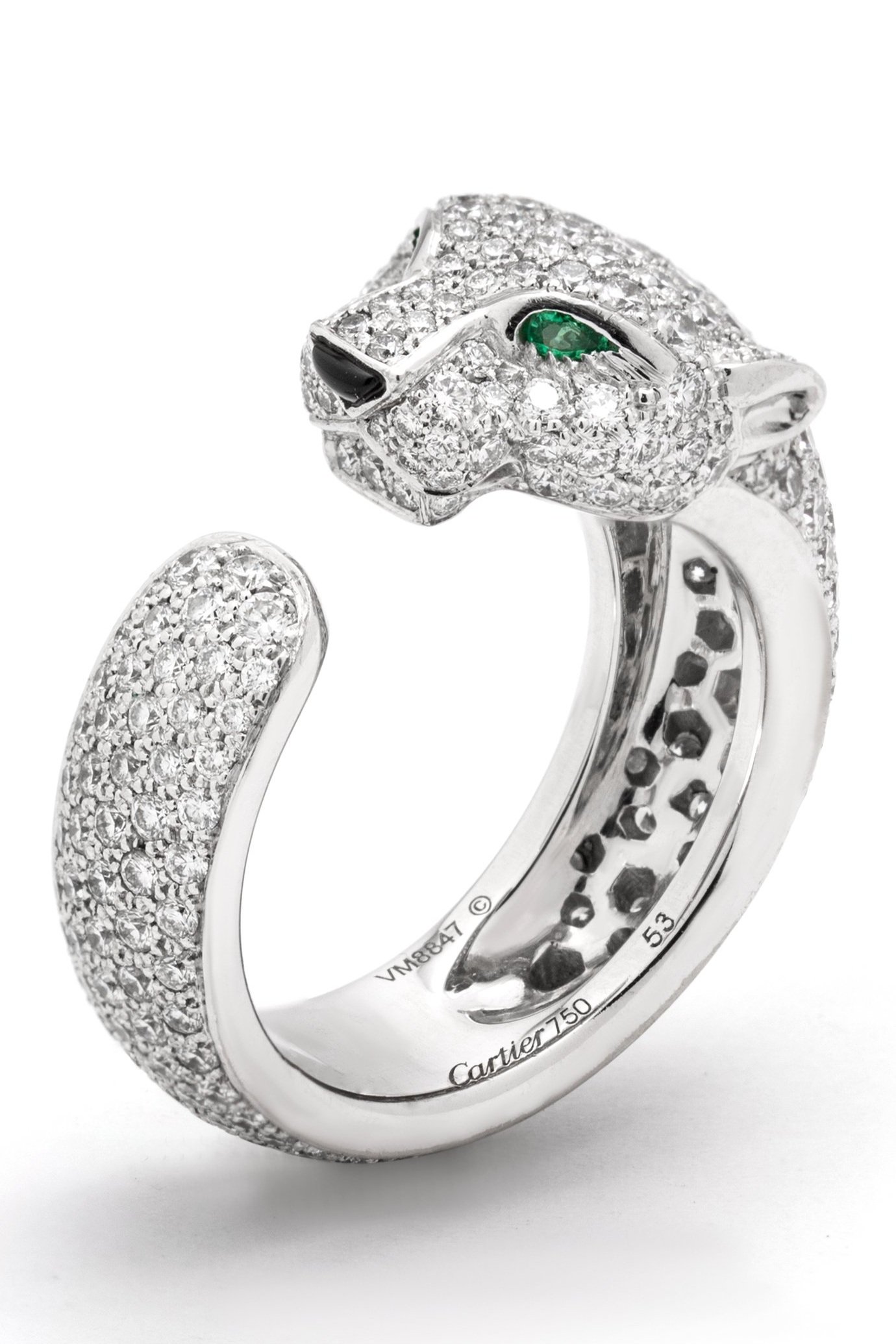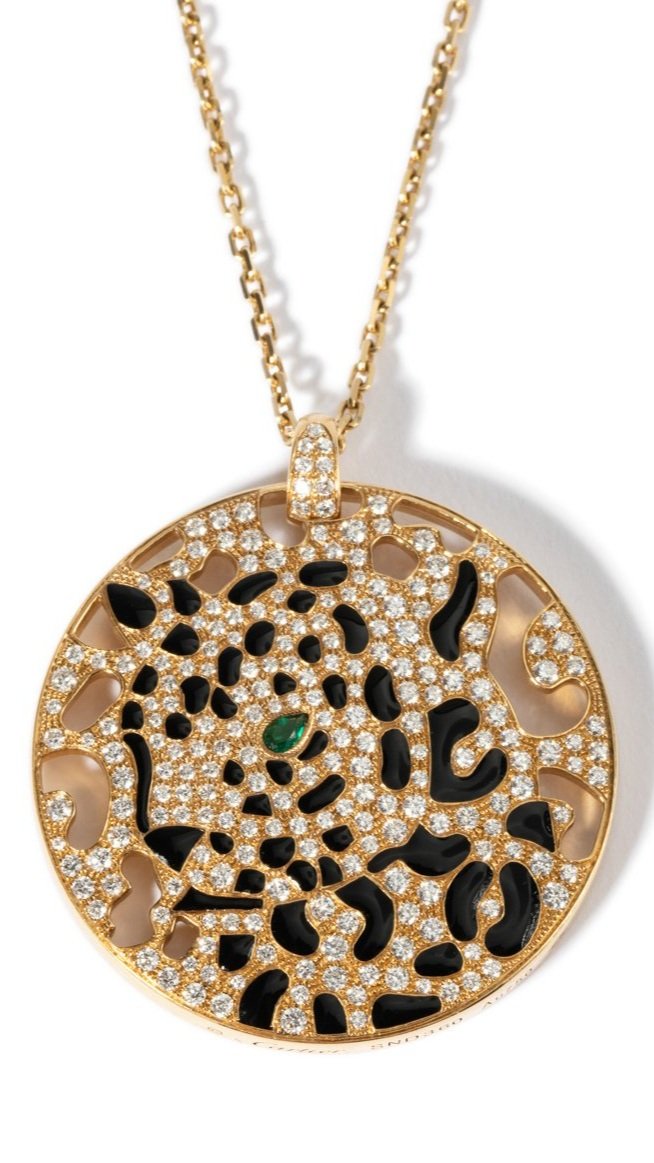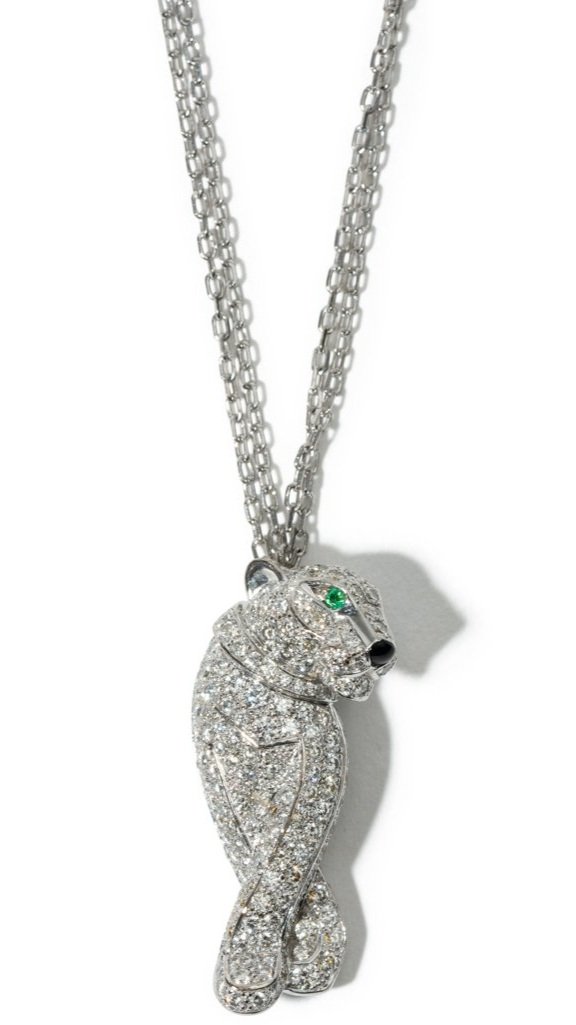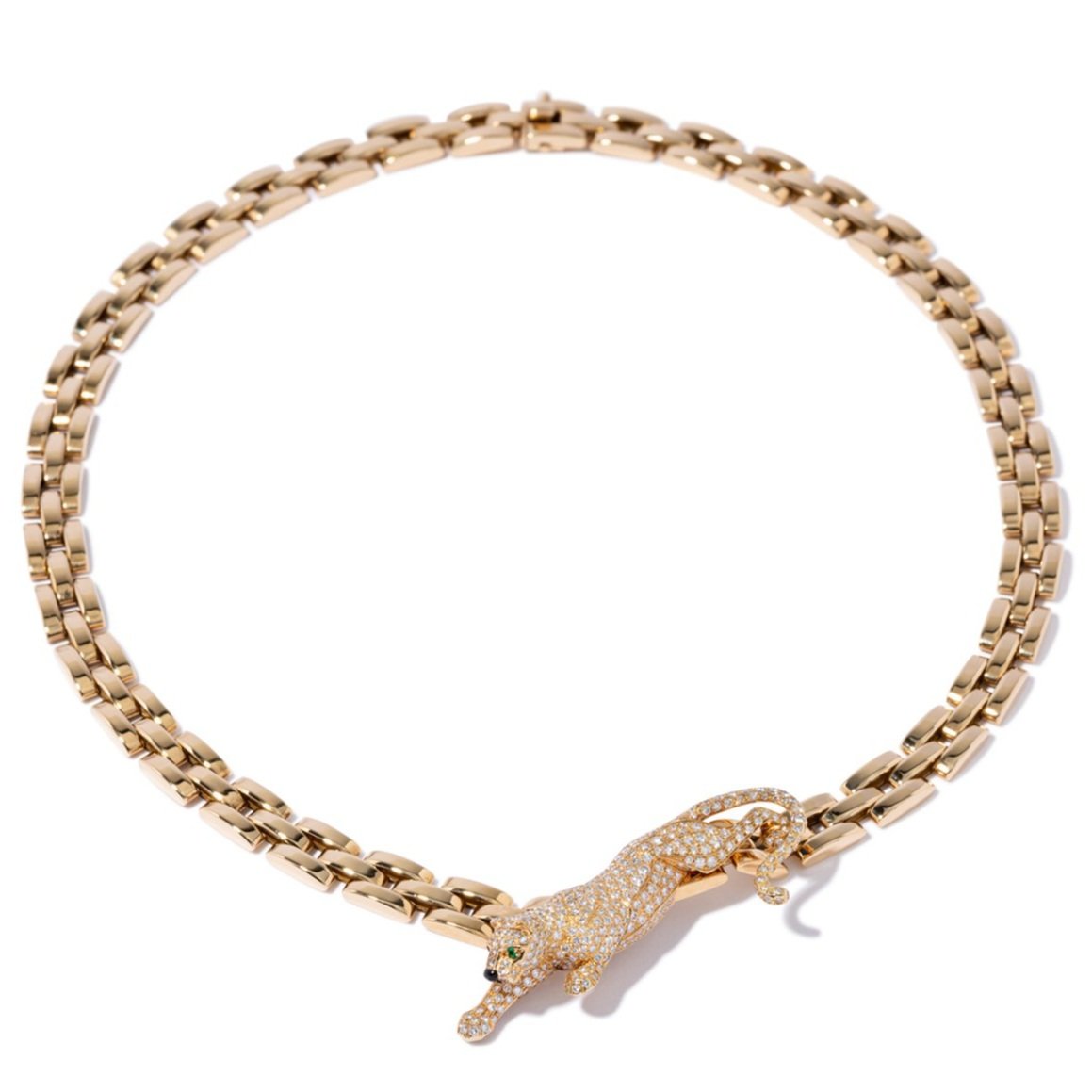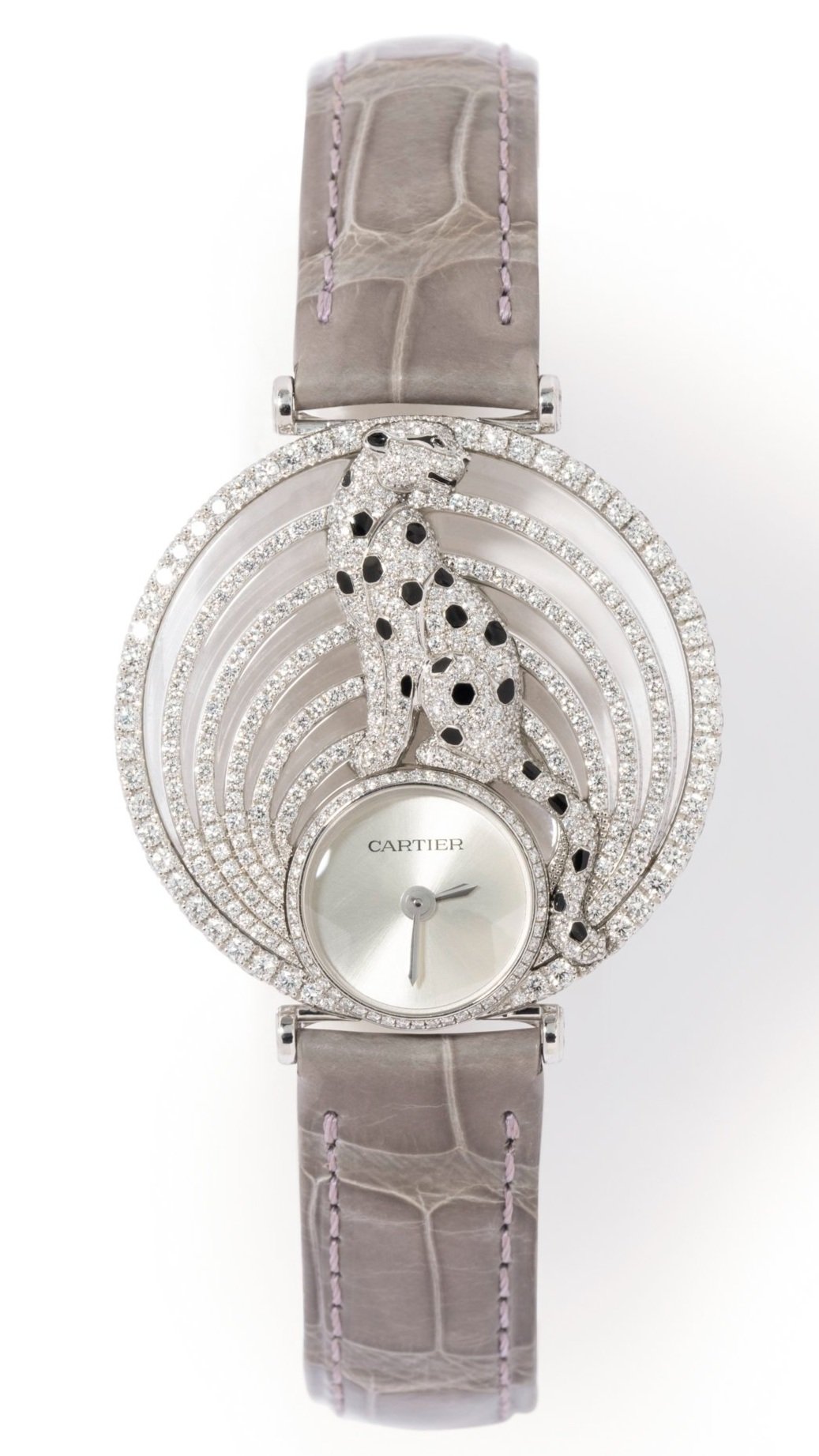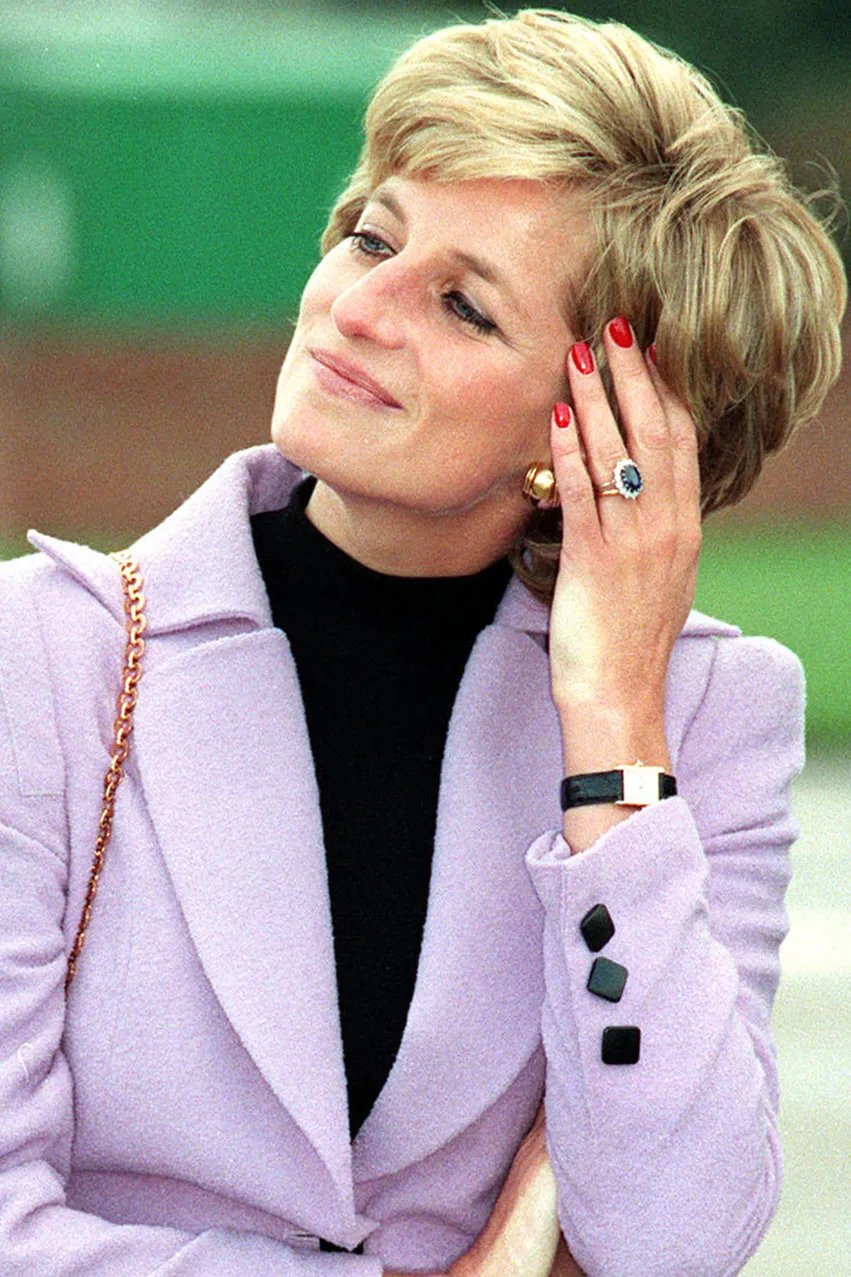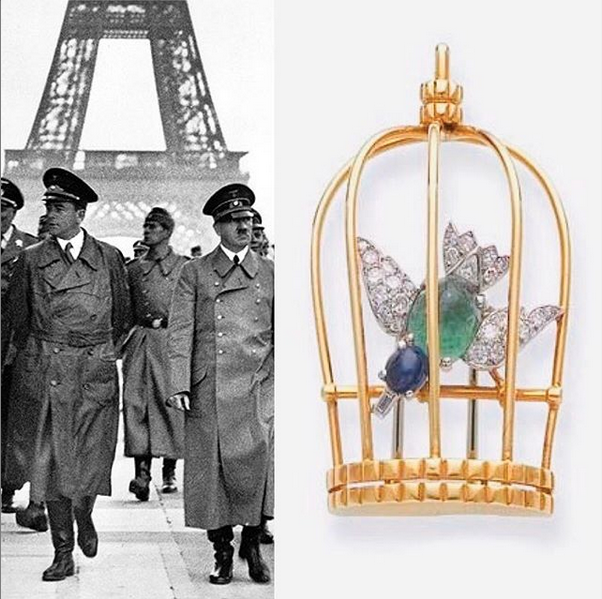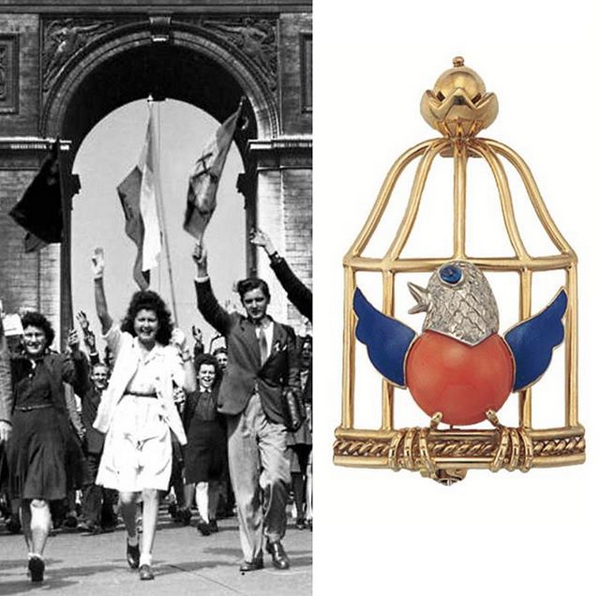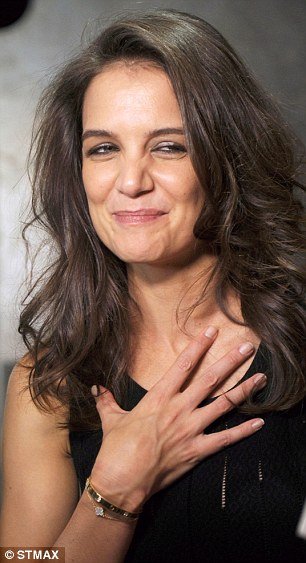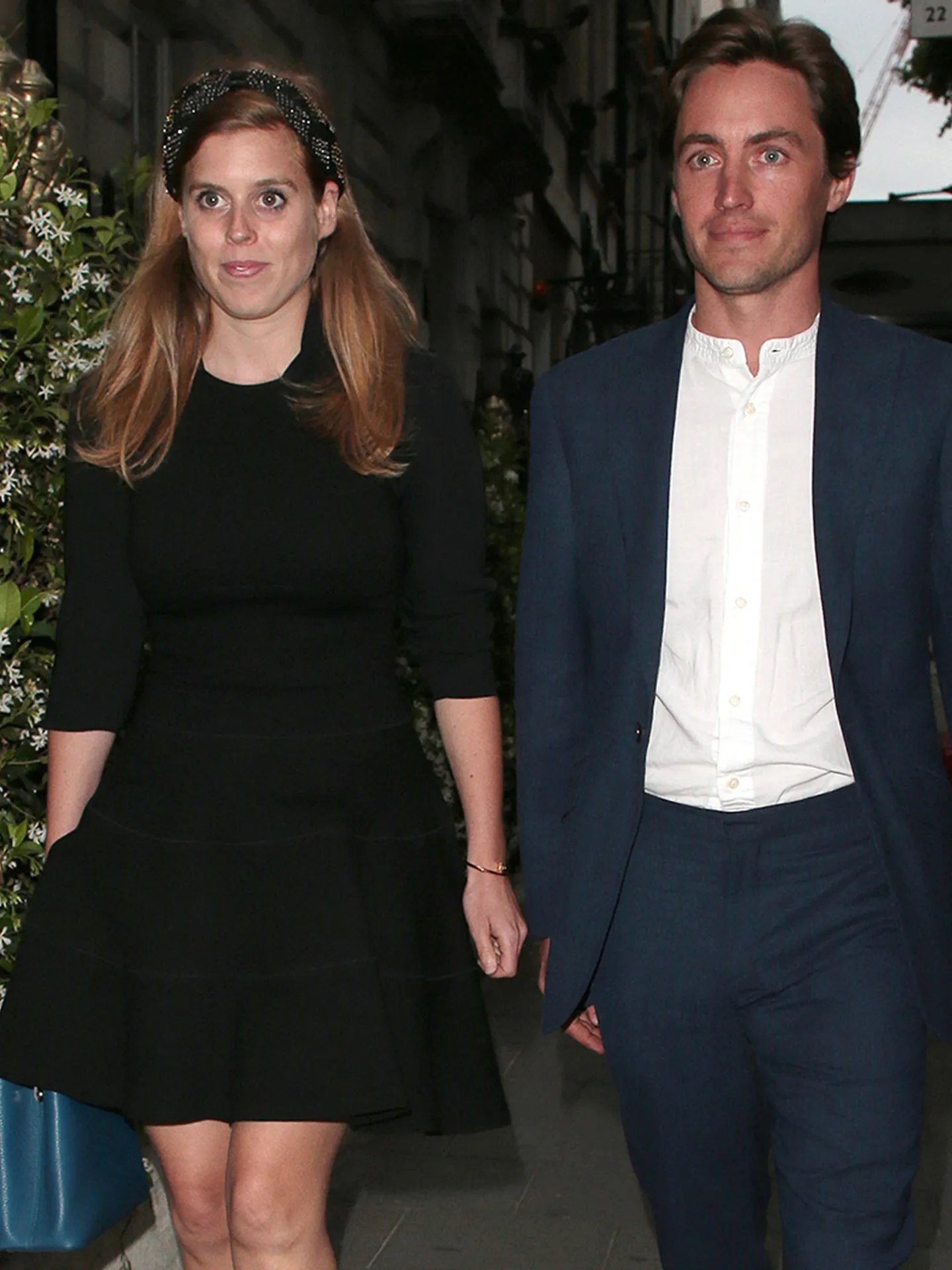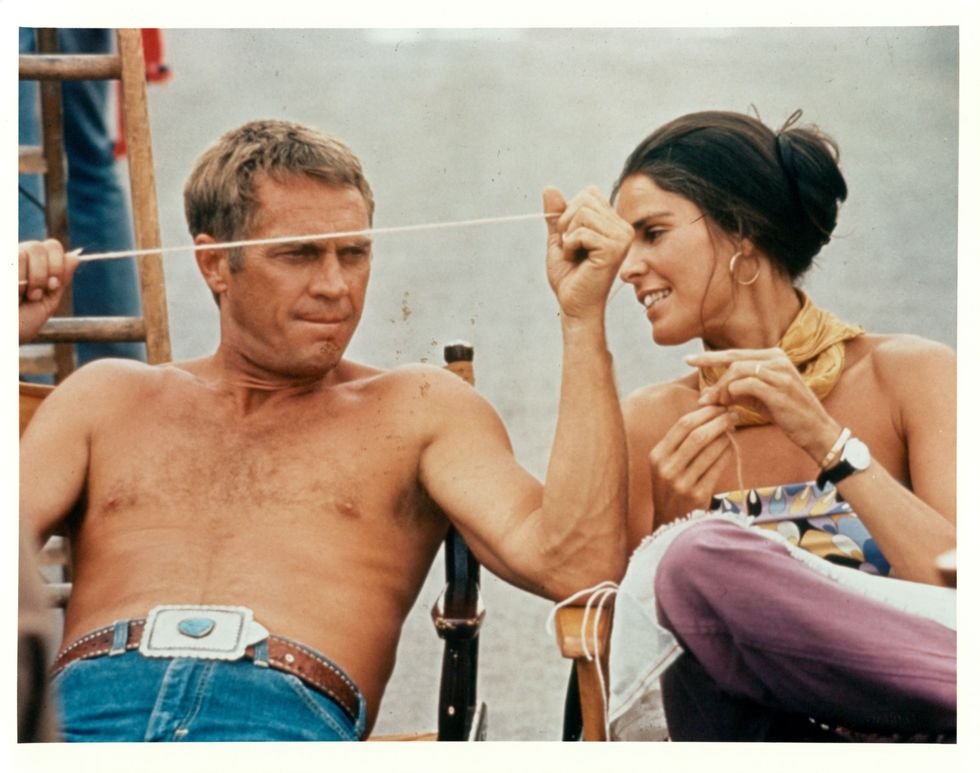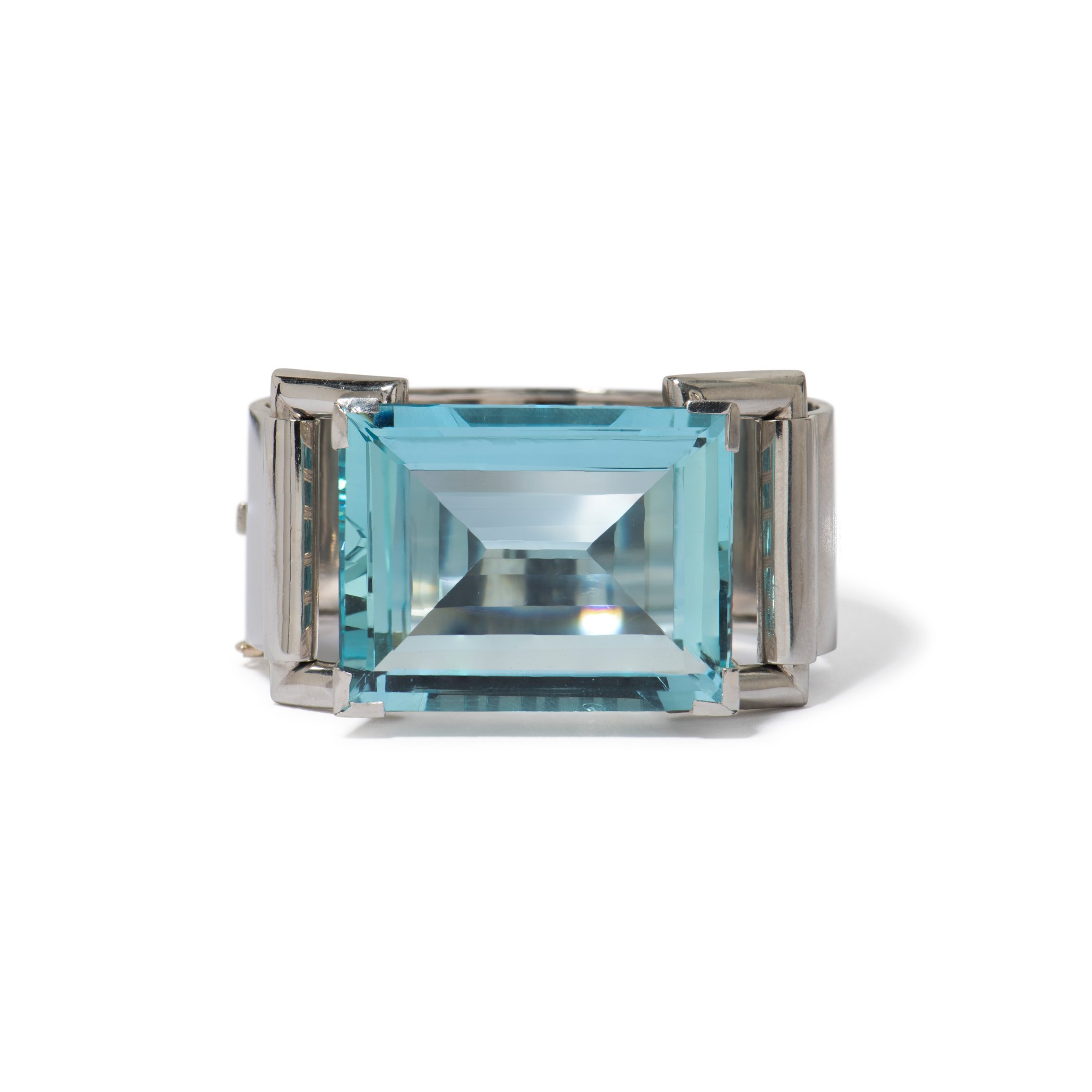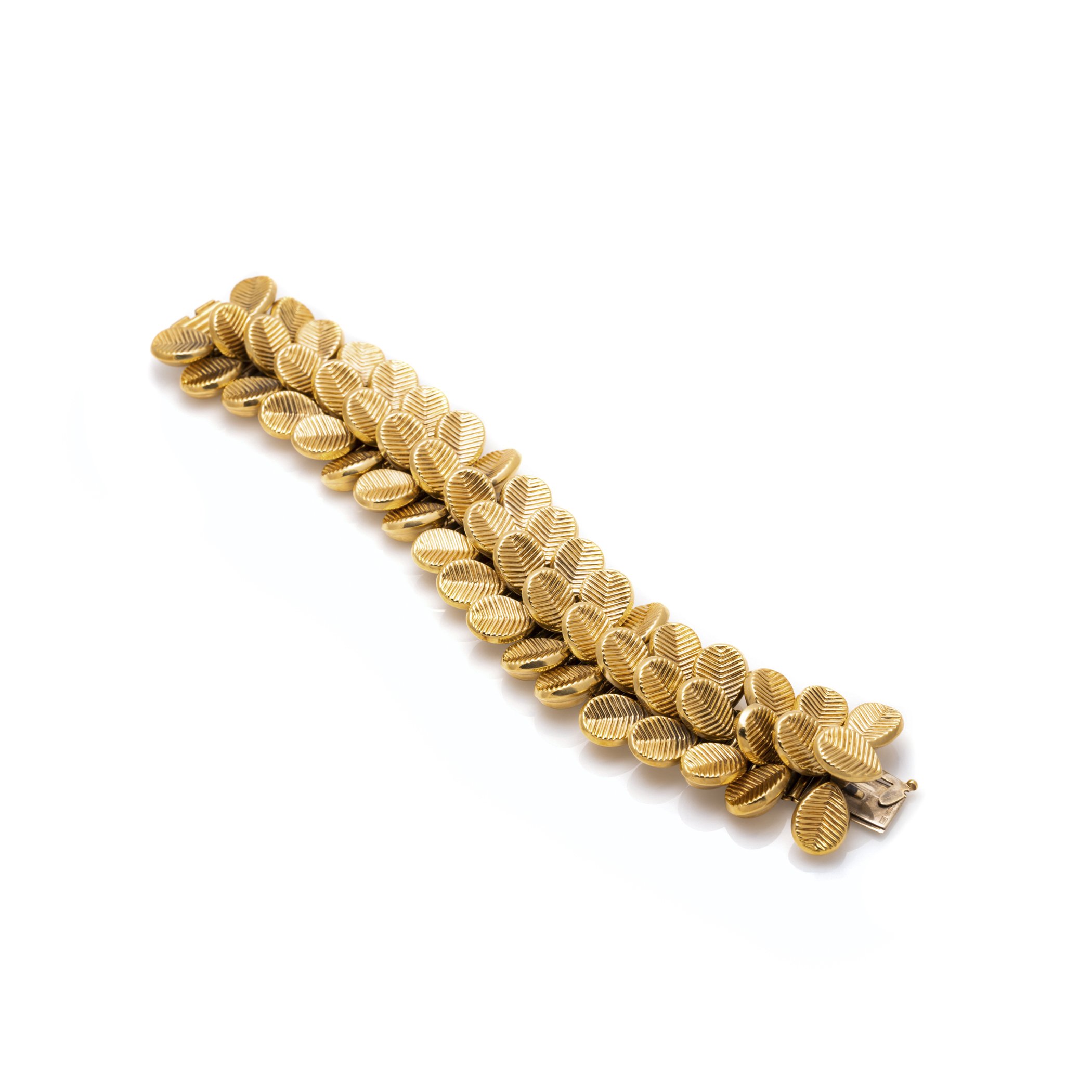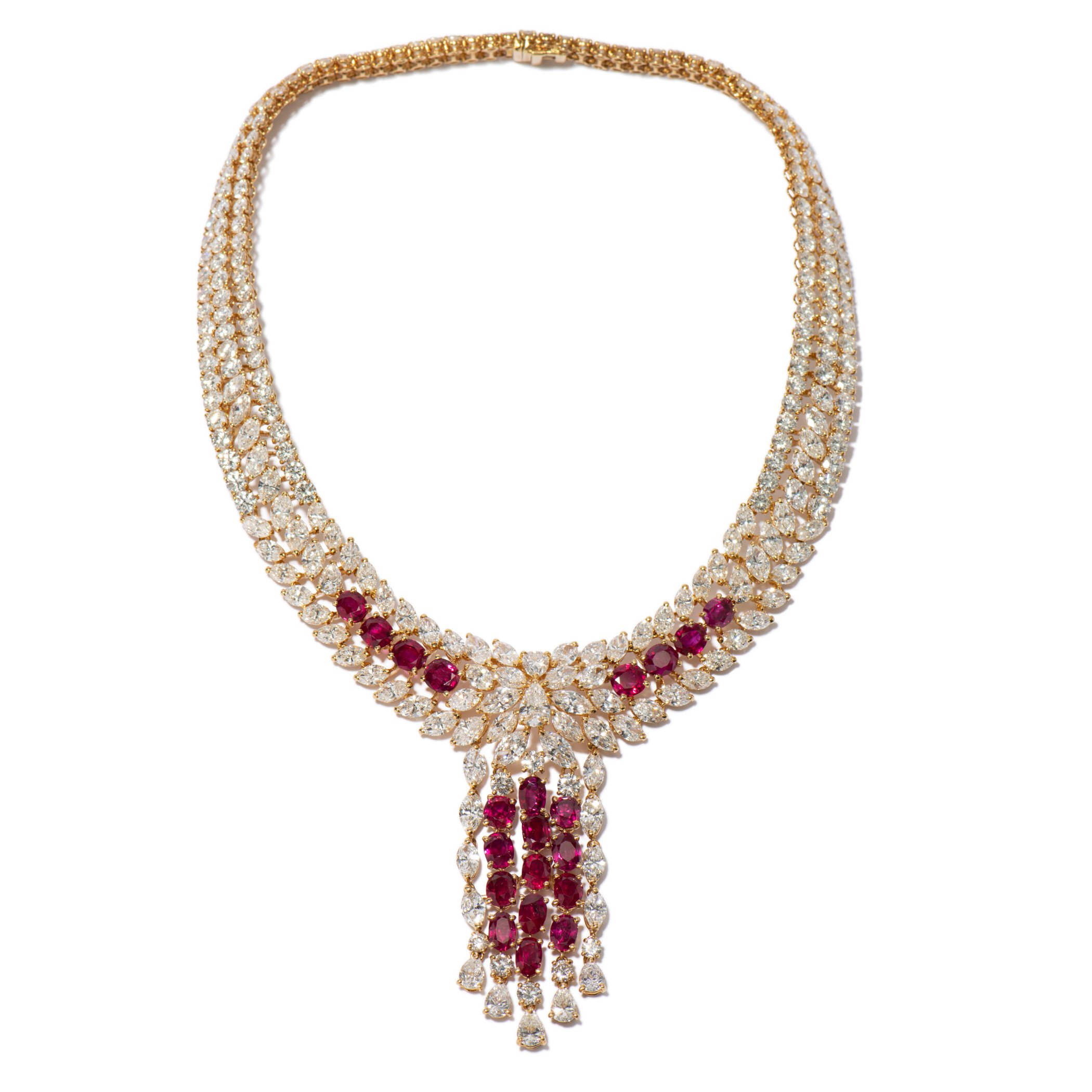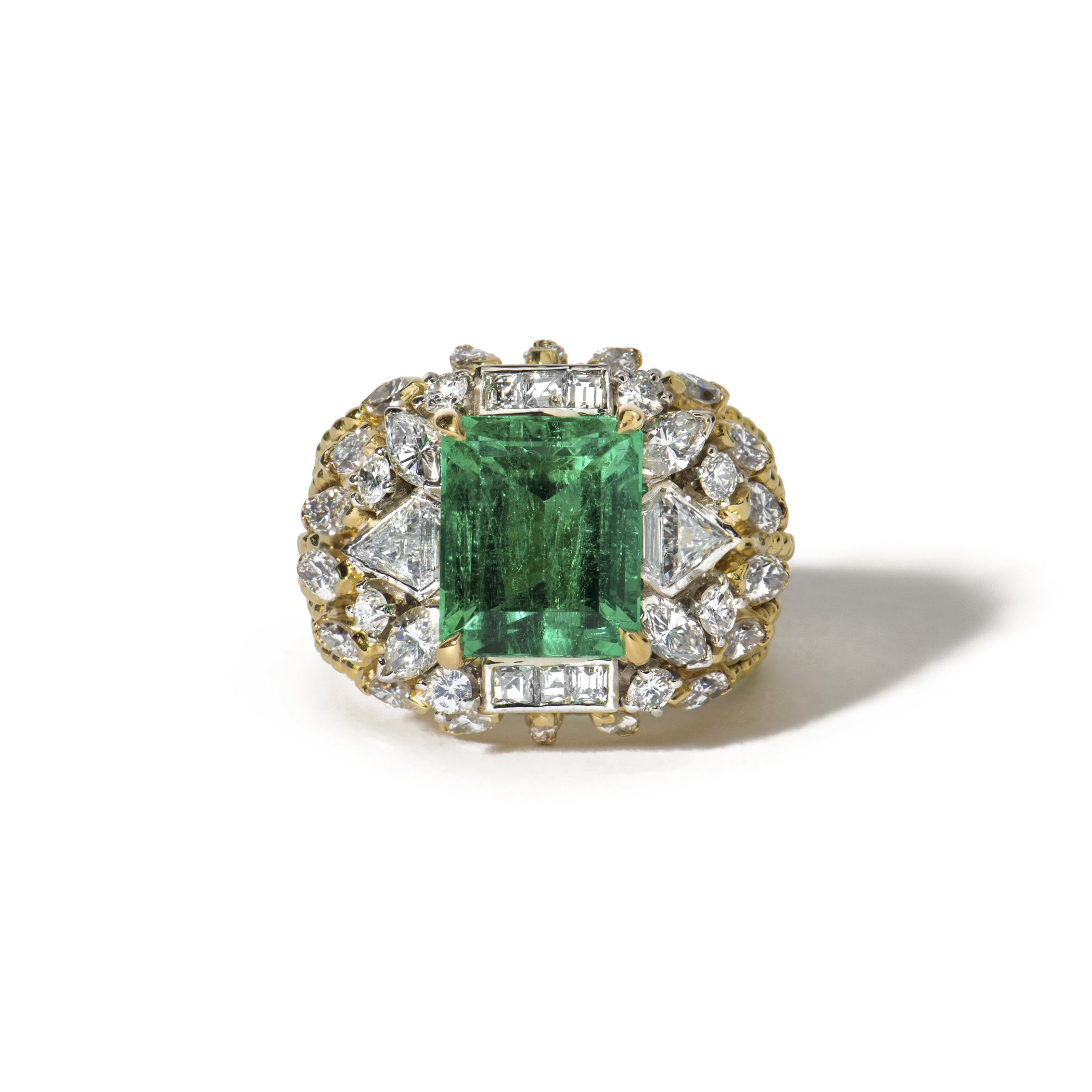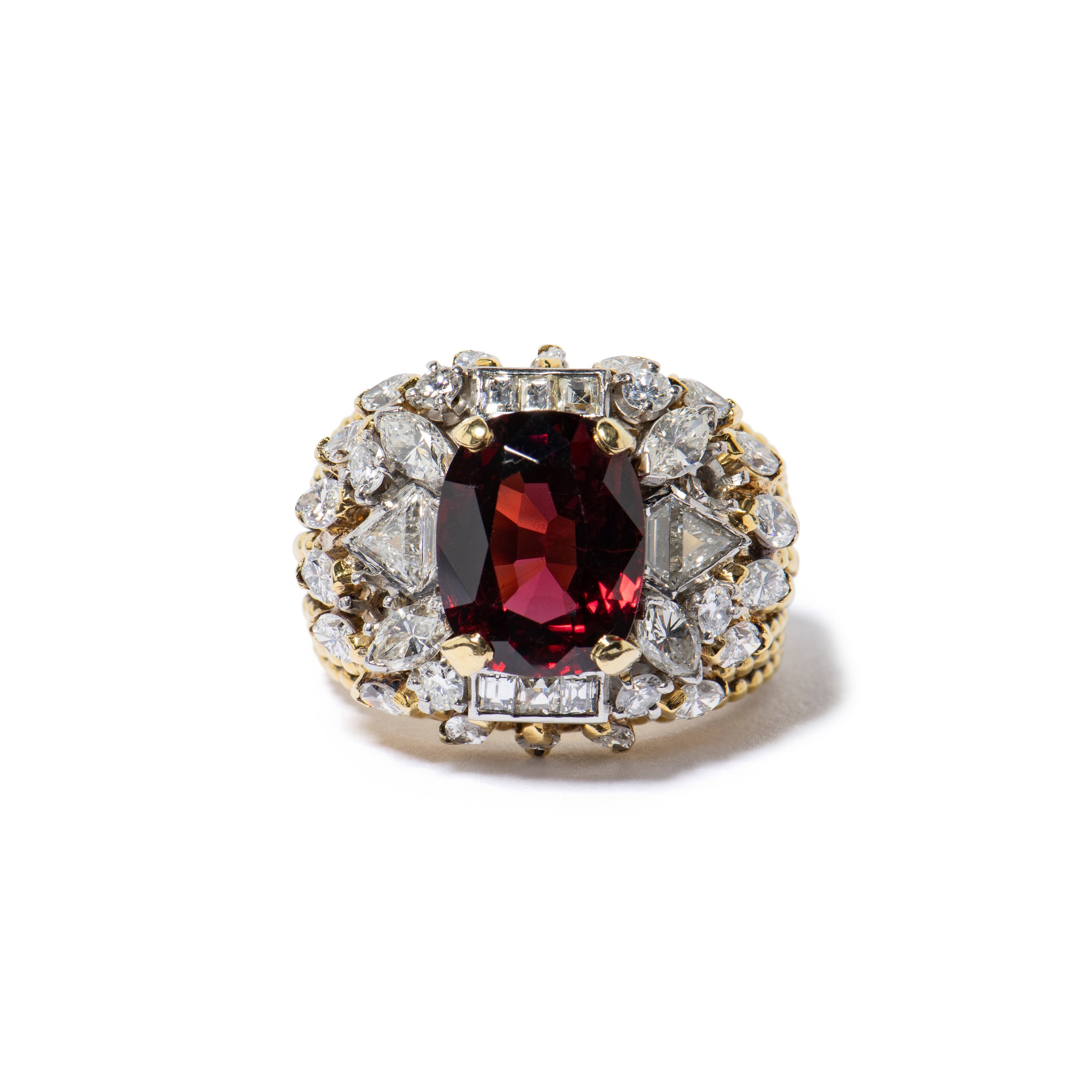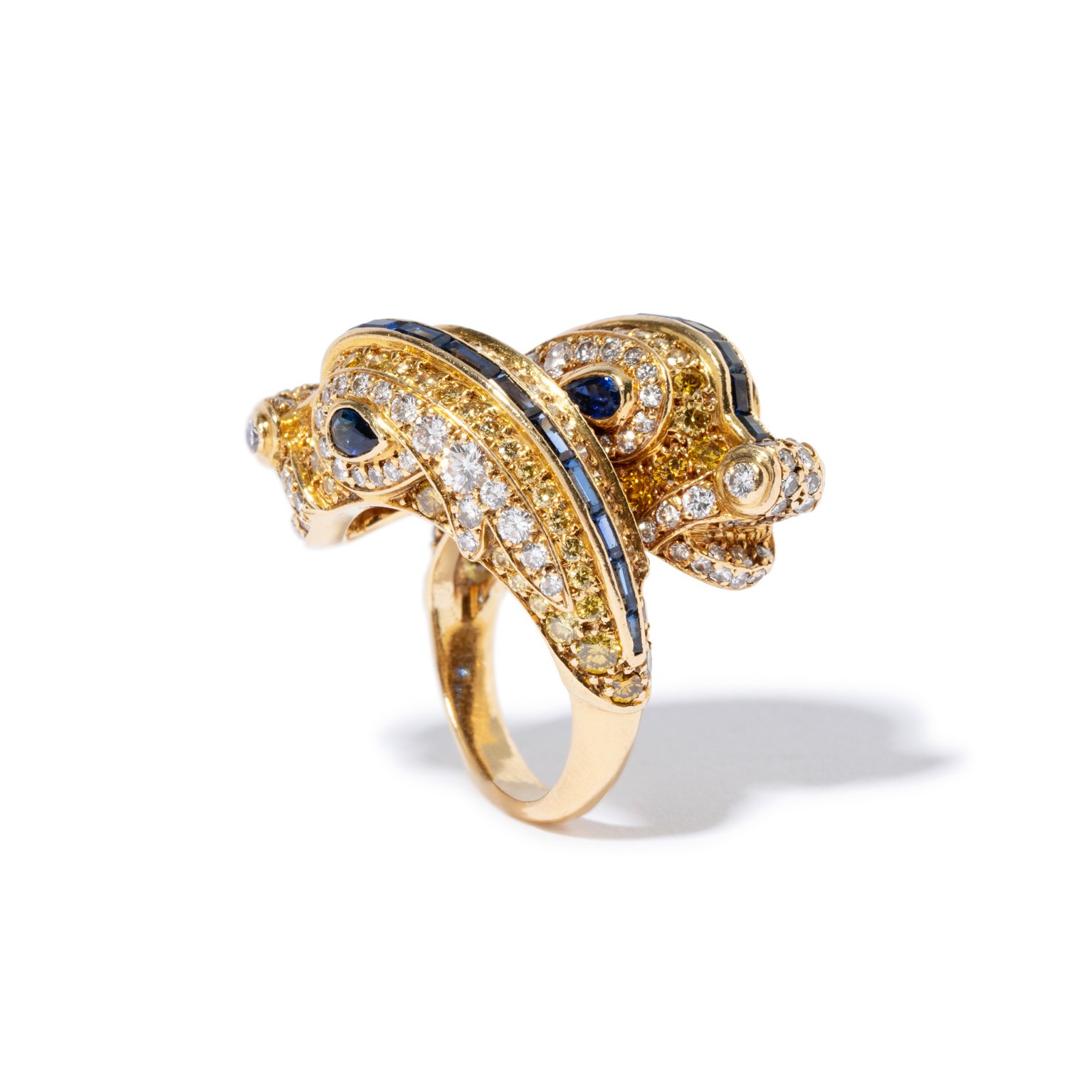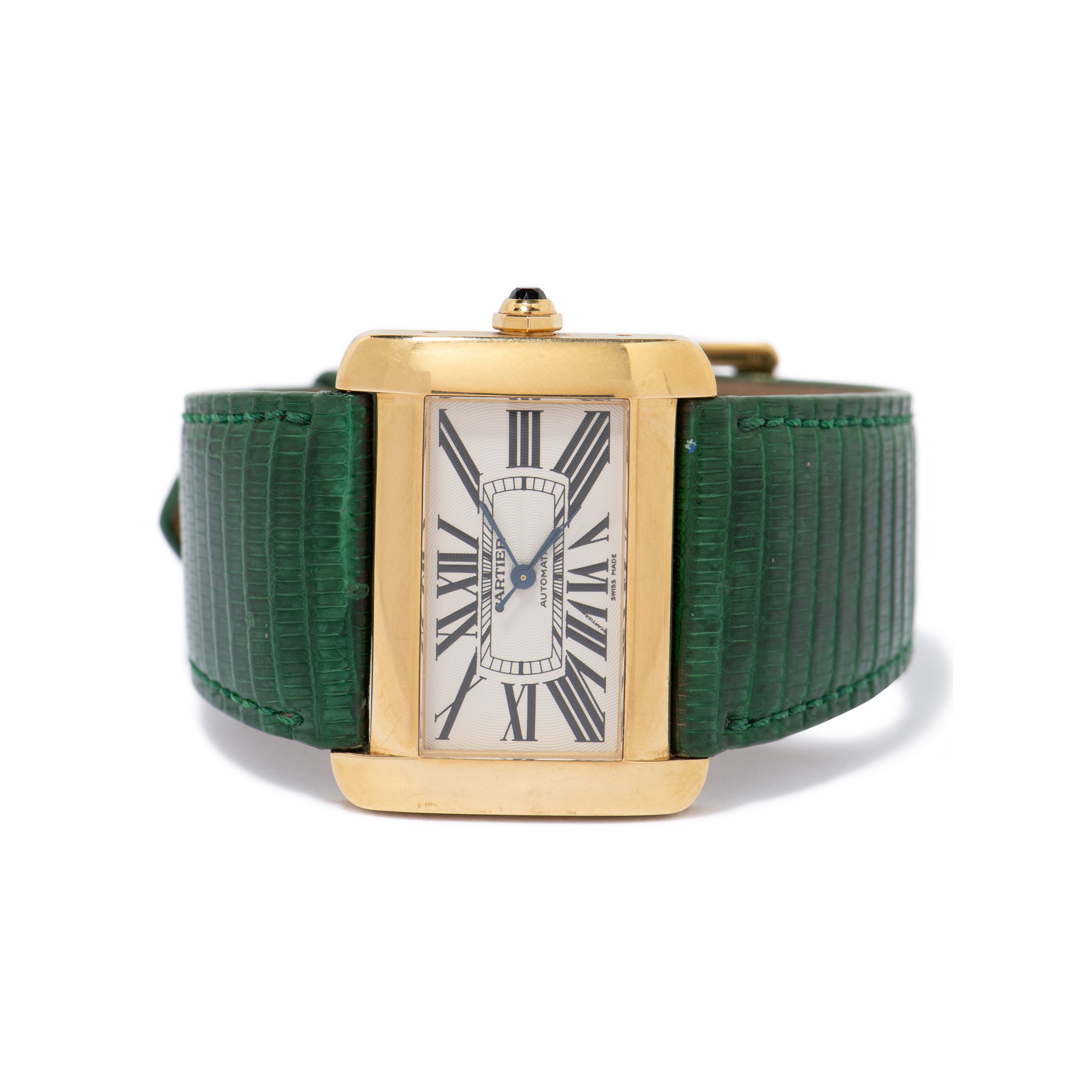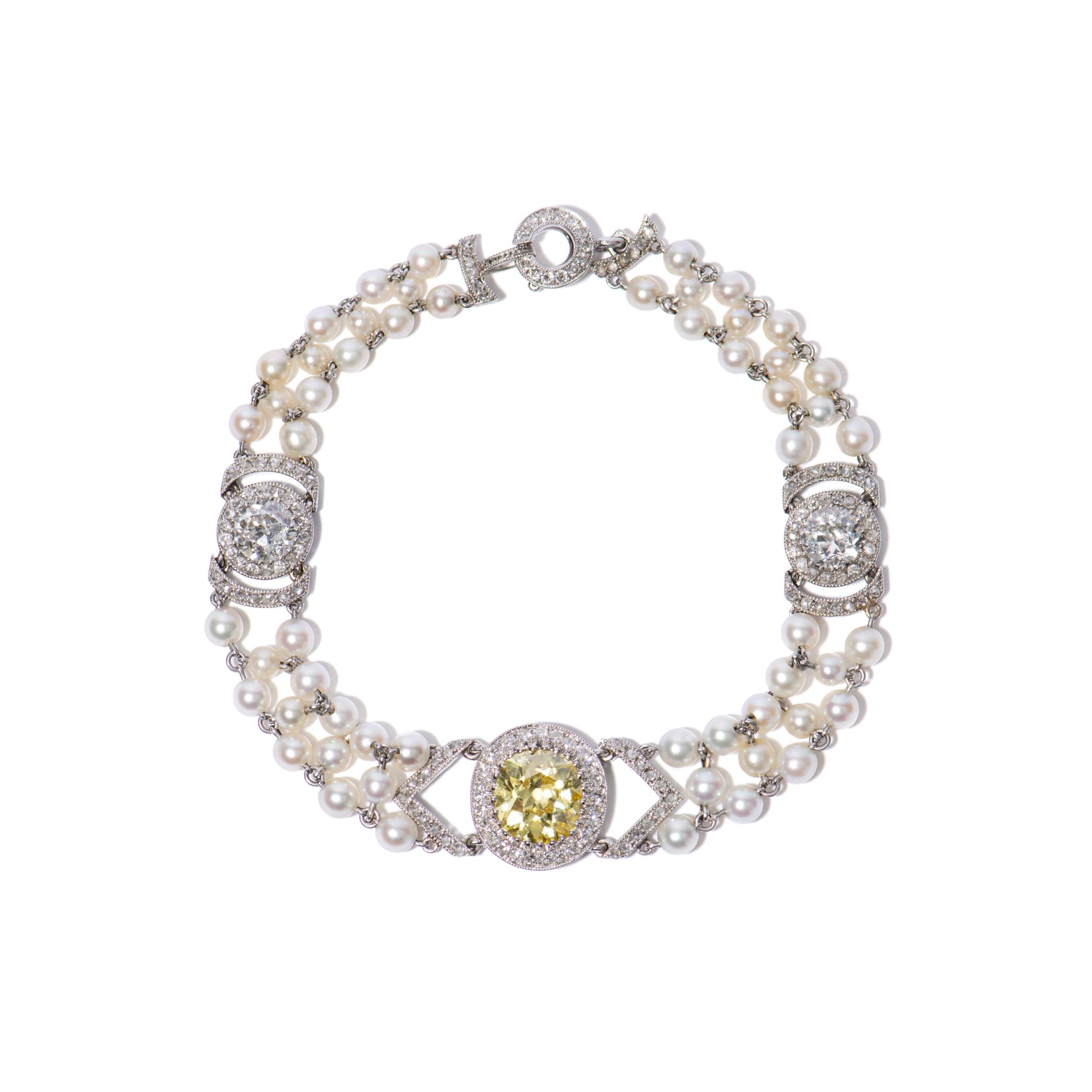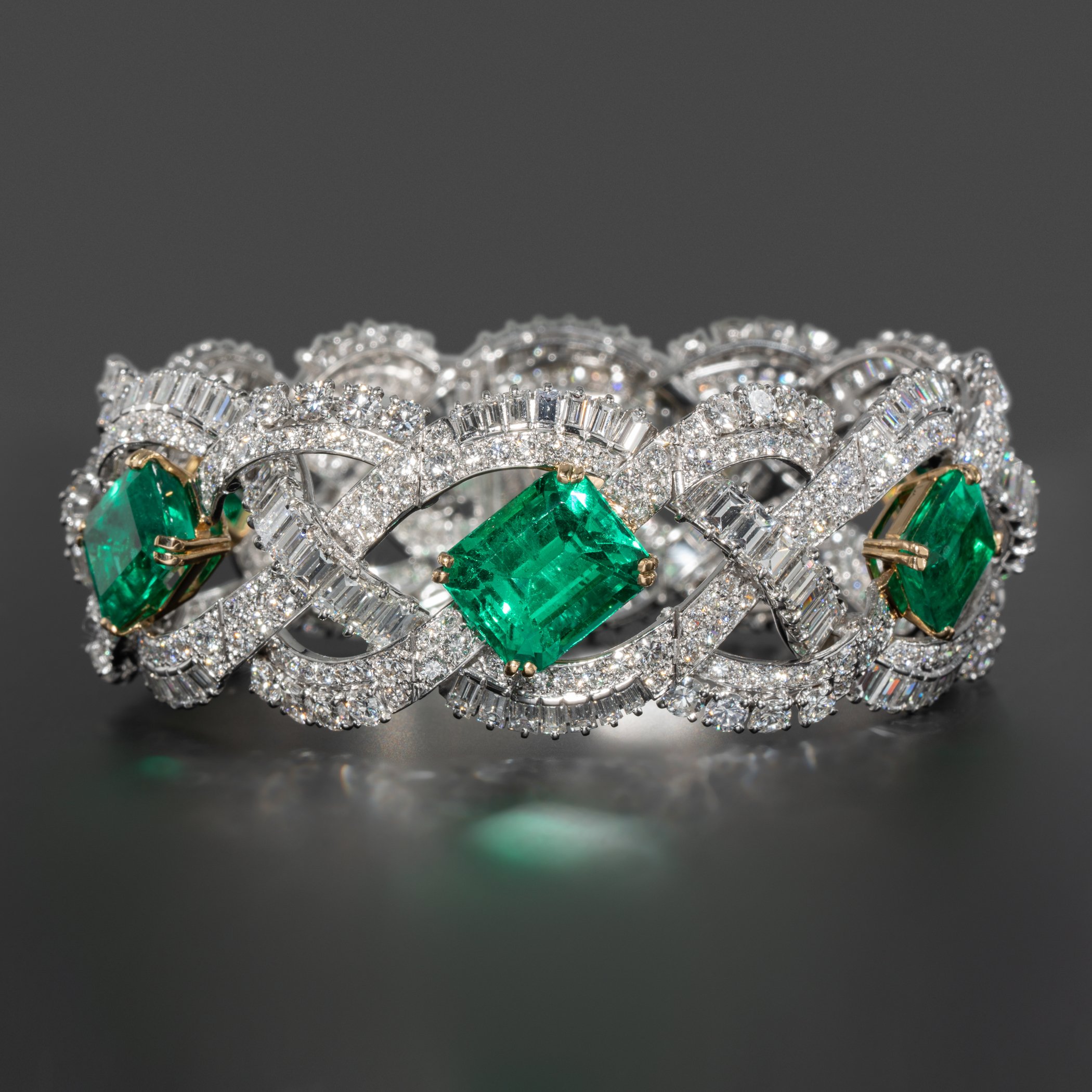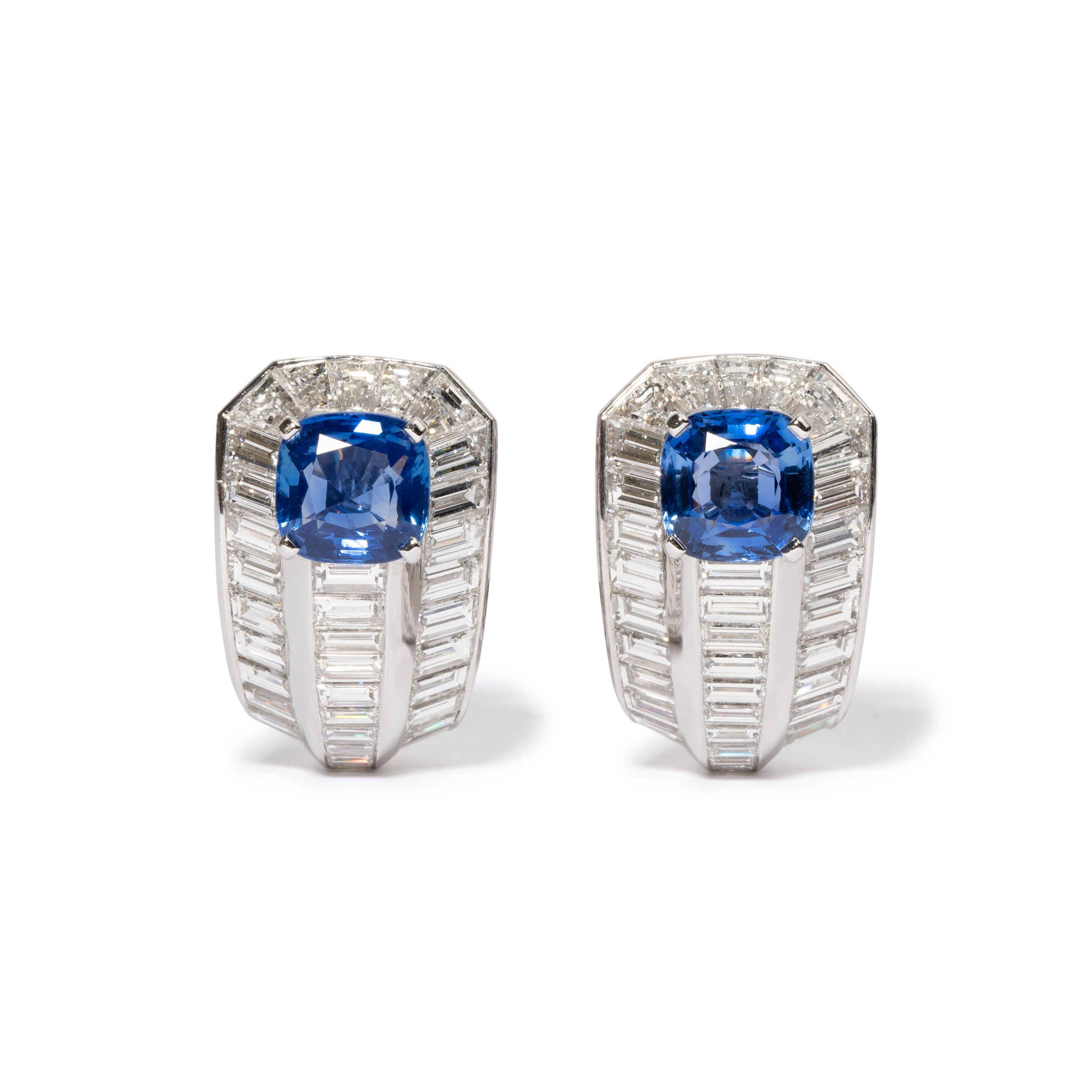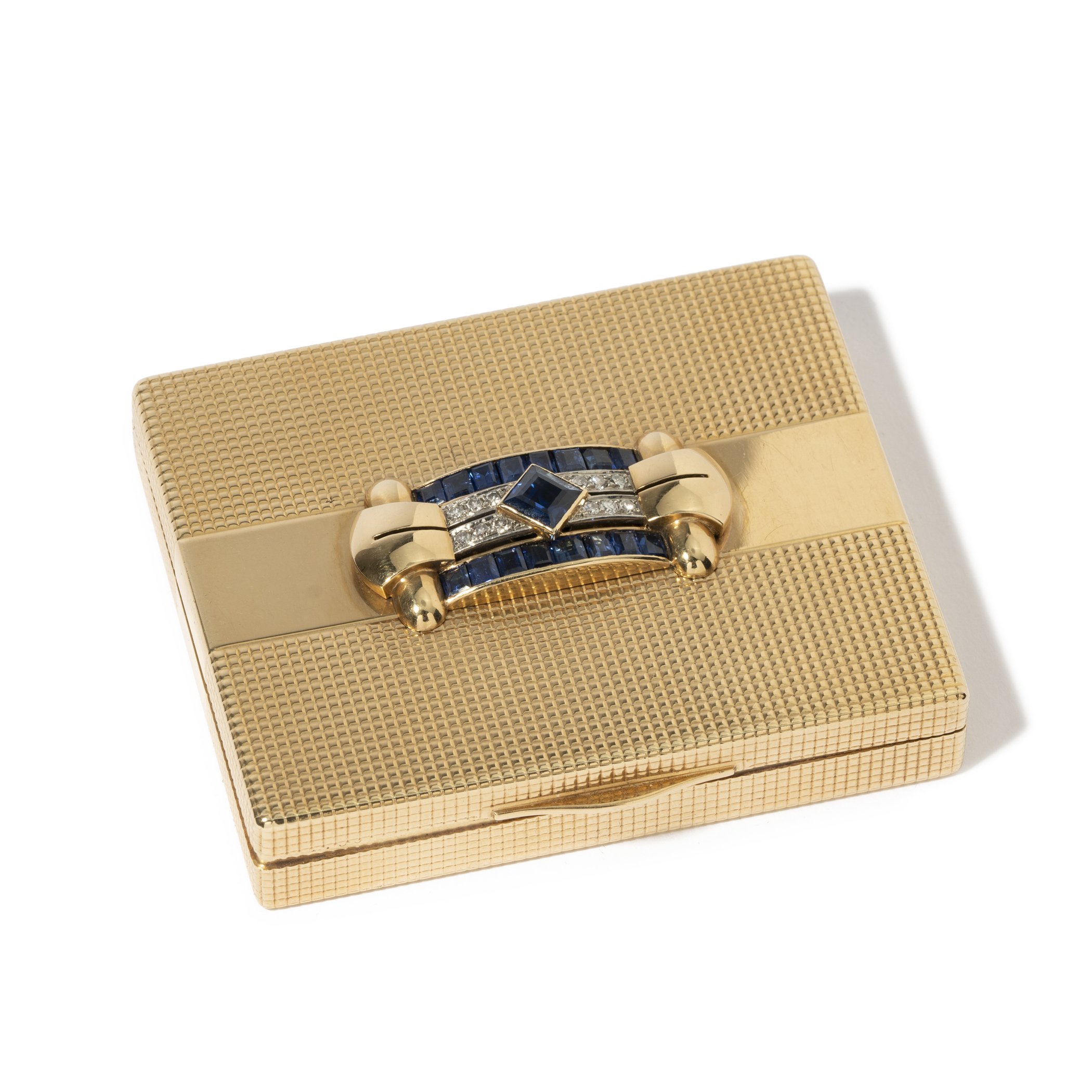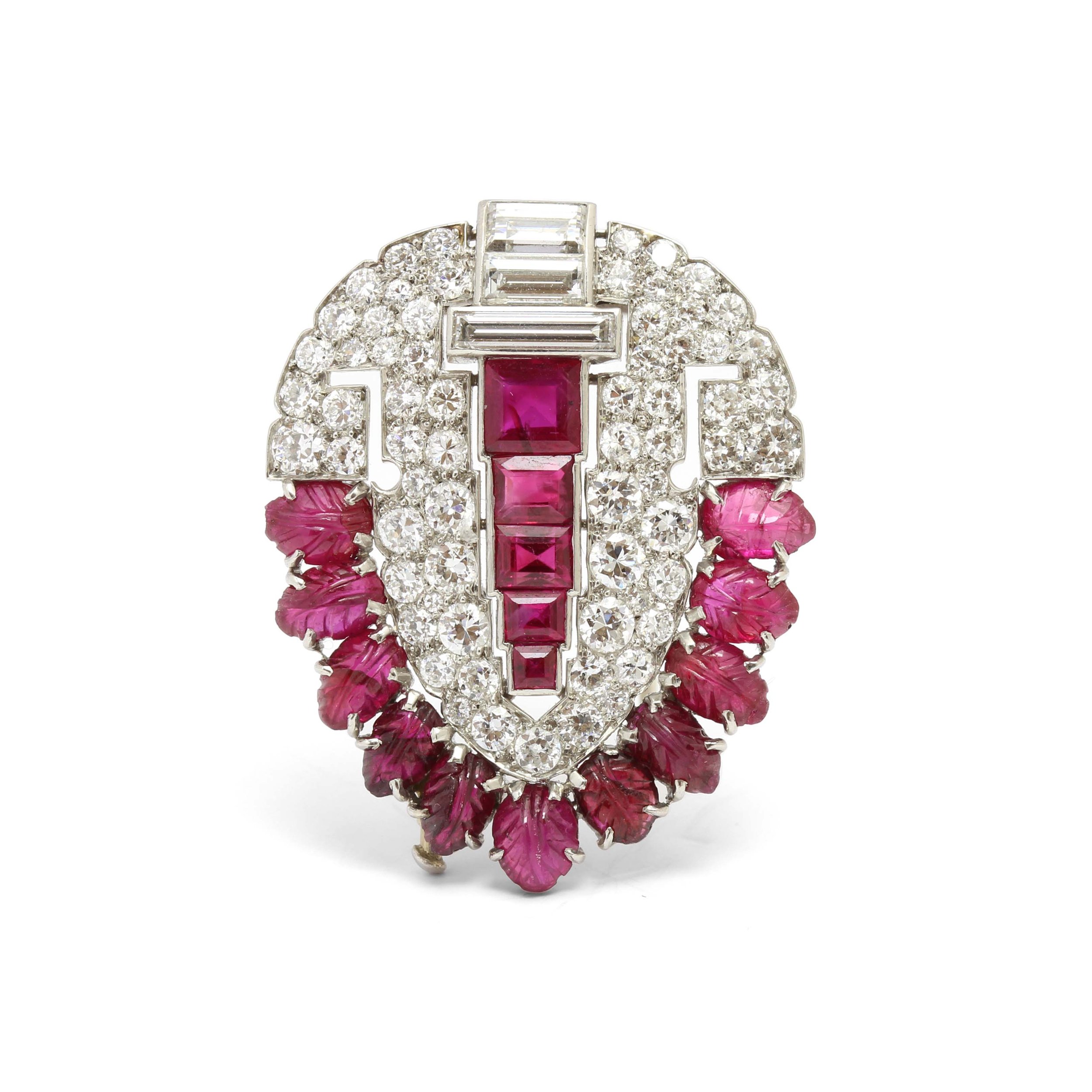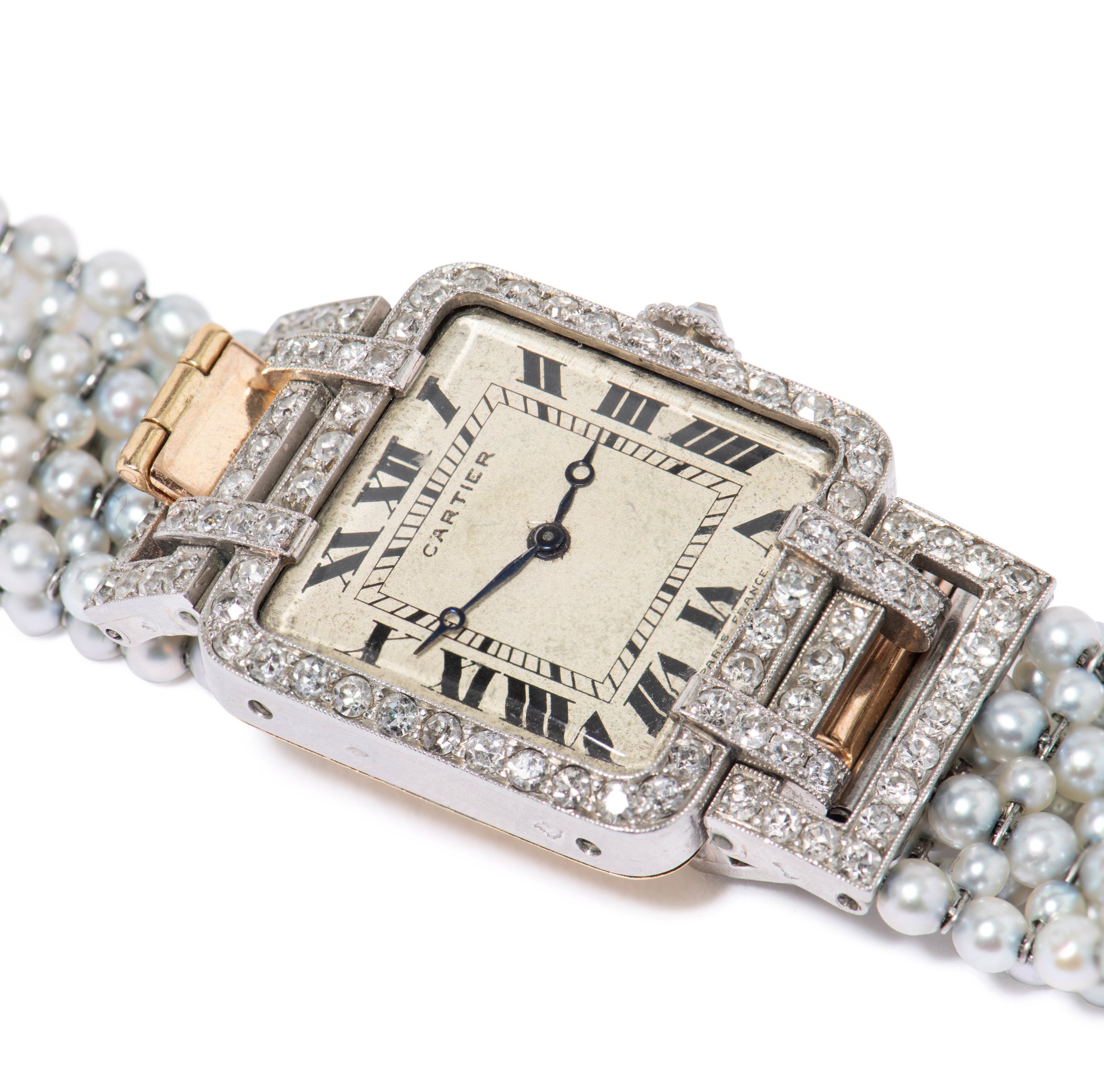Cartier’s Journey Through Time: From the Belle Époque to Modern Design
The year is 1847, and in the heart of charming Paris, a young Louis-François Cartier prepared to embrace a modest yet bright beginning. A small jewelry workshop opened its doors at 29 Rue Montorgueil, and the world witnessed the birth of an empire — Maison Cartier.
From their elegant innovations to the romantic designs of the La Belle Époque period, the exquisite works of Cartier spread widely over the first decades of business. Avant-garde techniques in stone setting, horology, and enameling attracted an expanding list of esteemed socialites and royals like Princess Mathilde Bonaparte and King Edward VII from the firm's early days. 175 years later, the House of Cartier continues to weave tales of ever-lasting delight and luxury through unparalleled craftsmanship and visionary designs, nurturing a unique heritage that sets Cartier apart in the industry. From humble beginnings to the grandeur of the contemporary years, let's delve deep into the dazzling journey of Maison Cartier, "The Jeweler to the Kings" and "The King of Jewelers."
Cartier in La Belle Époque: A Time of Extraordinary Growth
La Belle Époque period (1871-1914) witnessed the opening of Cartier's first boutique at 13 Rue de la Paix in 1899, the Maison's current world headquarters, now commonly referred to as “13 Paix.” For Louis-François-Cartier, this time was a fruitful canvas on which he experimented with new materials and techniques, daring the traditional boundaries of jewelry design.
The firm pioneered platinum in jewelry-making, a metal whose intrinsic strength allowed the Cartiers to create delicate and intricate designs that were equally alluring as they were durable. One of the most celebrated pieces of this time was the Garland-style tiara, a daringly different headpiece adorned with diamond arrangements shaped as laurel wreaths, flowers, bows, and other intricate motifs.
At the height of Europe's Golden Age and extraordinary economic growth, the Cartier family made a strategic move for the company and expanded the thriving business beyond France. In 1902, Pierre Cartier opened the Maison's first boutique in London, an event that coincided with the coronation of King Edward VII of England and which led to the firm fulfilling multiple royal orders, including the production of twenty-seven tiaras for the coronation alone. As the Maison continued to gain popularity amongst the English royals and elites, in 1904, the firm earned the moniker of "The Jeweler to the Kings" and "The King of Jewelers," granted by King Edward VII himself. Such success in Europe naturally preceded the opening of the first Cartier store in New York City at 653 Fifth Avenue, a milestone that marked the Maison's arrival in the American market.
Early 1900s: The Height of Innovative Design
The Maison began to dominate the international jewelry and watch scene in the early 20th century under the direction of Louis-François’s three sons: Louis Cartier based in Paris, Pierre Cartier based in New York, and Jacques Cartier based in London. Louis was known as a brilliant and creative designer, having invented the "baquette" diamond, a popular accent cut still in high demand today.
The creation of the Santos wristwatch was perhaps one of the most renowned pieces of the works of Cartier in the early 1900s as it became a milestone in the firm's legacy in the field of horology. The cleverness and practicality of the Santos wristwatch propelled Cartier's popularity in 1904 when Louis Cartier designed a revolutionary timepiece for his dear friend Alberto Santos-Dumont, a Brazilian inventor and aviator, who sought a convenient piece for flying that would be more efficient than the traditional pocket watches.
La Panthère
The second decade of the 20th century witnessed the appearance of the La Panthère motif (1914), first showcased on a wristwatch, one of the Maison's truly emblematic creations. A time-transcending symbol of elegance, the panther motif was created by juxtaposing sparkling diamonds and onyx. This iconic design has been recurrent throughout Cartier's history, certainly one that continues to captivate the eyes of many. Learn the entire history of La Panthère here on Cartier’s website.
Art Deco: Glamour and Geometry
From the 1920s to the late 1930s, the Art Deco period was a beacon of light for an awakening post-war Europe and one that watched as the Golden Age of Cartier unfolded. These artistically rich times shaped the birth of jewelry characterized by clean lines and symmetrical shapes, with jewelers shifting the focus to geometric precision. For the House of Cartier, the Art Deco symbolized the introduction of geometrical heavy designs, made possible by the introduction of platinum. Towards the end of the period, Cartier experimented with unusual gemstone combinations that juxtaposed color to create exquisite works of art. Prominent and highly celebrated styles of the era included pieces that showcased rubies, emeralds, and sapphires in perfect harmony.
For example, this sapphire and diamond bracelet, designed at the zenith of the Art Deco period in 1927, is considered one of the brand's all-time most iconic pieces. It showcases an astonishing 47.07-carat unheated Burmese cabochon sapphire with antique diamonds and square sapphires set geometrically throughout the strap of the bracelet, echoing true Art Deco fashion.
The Tank Watch
Cartier's Tank Watch is another highlight piece that quickly became part of the Maison's history and legacy. Inspired by the Renault FT-17 tanks of World War I, and seen worn by the likes of Jacqueline Kennedy and Tom Holland, the Cartier Tank watch is a sophisticated and versatile Cartier creation featuring a square-shaped case and straight geometric shapes on the strap. Since its creation, the Tank watch has become world-famous, and highly sought after for its praise and association with elevated style.
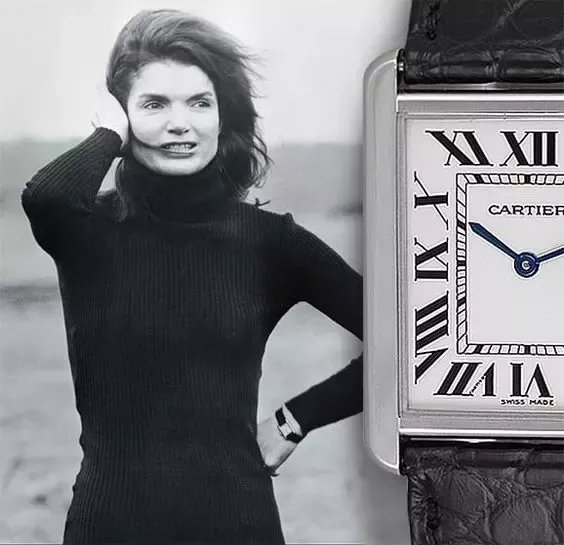

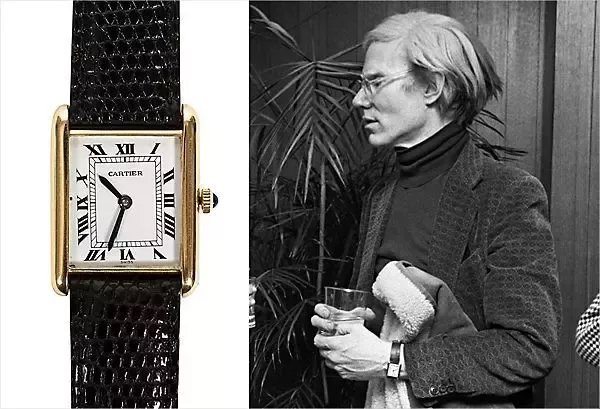
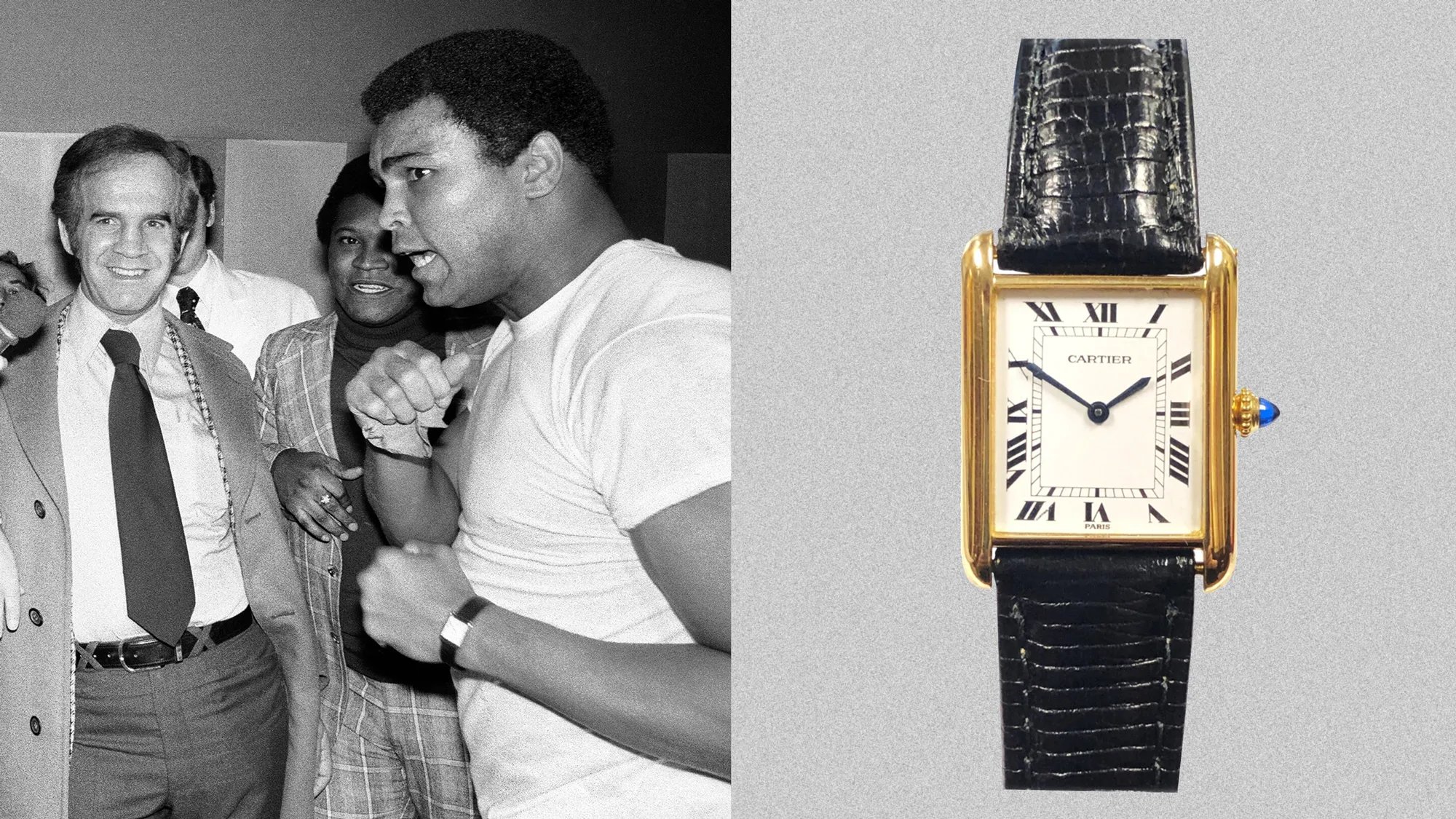


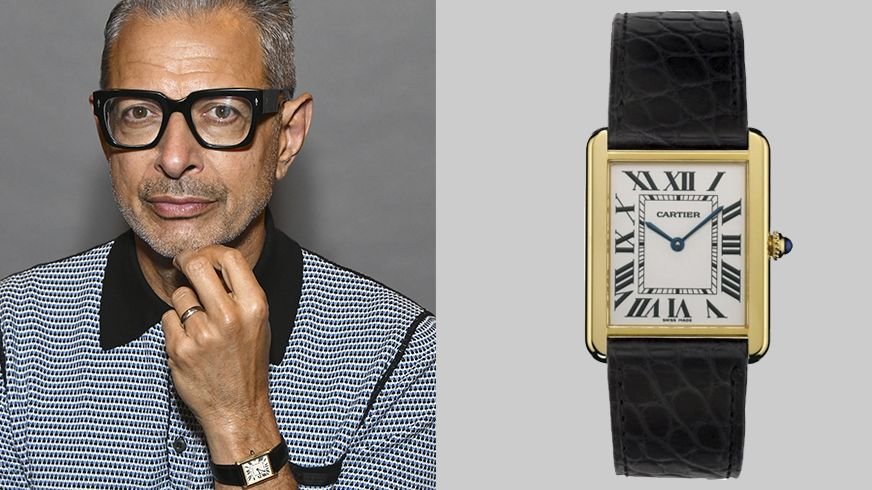
Vintage Cartier in the Mid-20th Century
The mid-20th century birthed some of Cartier's most illustrious designs, with jewelry pieces that followed suit in the face of defying times and dynamic cultural changes.
The Caged Bird (1942) and Liberated Bird (1944) brooches, two cherished pieces with hidden symbolism, were statements that defied the German Occupation of France in the 1940s. These pieces featured a singing bird in blue and coral enamel and a rose-cut diamond head with a blue sapphire eye on 18-carat yellow gold; the first caged and the second freed.
Royal Relations: The Duke and Duchess of Windsor
Vintage Cartier pieces were highly sought after by the royals, with the English royals being renowned clients of the Maison during the mid-century decades. In 1948, the Duke of Windsor commissioned a brooch for his wife, the Duchess of Windsor. The piece featured a yellow-gold panther perched on an 1116-carat cabochon-cut emerald. In Cartier's history, this was the first panther to be crafted in three-dimensional anatomy.
Another key acquisition from the Duke himself was the Cartier Tiger brooch and bracelet, which he gifted to Wallis Simpson in the late 1950s. This exquisite piece featured diamonds and yellow diamonds juxtaposed with onyx and marquise-cut emeralds. Loaded with royal history, the brooch and bracelet were sold at an auction for over $3.5 million in Geneva in 2014.
The Love and Juste Un Clou Bracelets
As influences from the Modern Arts movement reached Cartier's designs, the focus shifted to surrealism and abstract creations in the late middle of the century. Two of the most iconic pieces from the firm's repertoire are the Love (1969) and the Juste un Clou (1971) bracelets. Crafted by one of the House's then-newest jewelers, Aldo Cipullo, the Love bracelet struck the perfect balance between ingenious and minimalist. The iconic 2-part bangle is known for having to be screwed in, and, once in place, it cannot be removed — symbolizing eternal true love. In a genius marketing move, the House of Cartier gifted Love bracelets as tokens of love and attachment to the most famous couples of the era, including Elizabeth Taylor and her then-partner Richard Burton. Cartier's mid-20th-century designs continue to captivate collectors and enthusiasts alike; the original Love diamond bangle sold at an auction for a striking $252,000 in Hong Kong in late 2022.
Love and Juste Un Clou bracelets as seen on…
Tutti Frutti
During a 1911 trip to India, Jacques Cartier purchased gemstones that became the luminaries of what we now know as The Tutti Frutti style collection. This now highly acclaimed collection illustrates the perfect link between a sophisticated technique and spontaneity, weaving a harmonious balance in the finished piece while blending seamless designs with rich compositions.
The traditional Tutti Frutti style displays an explosion of flowers, palm leaf motifs, and fruits carved in smooth and ridged rubies, sapphires, and emeralds. Cartier took inspiration for this method of floral engraving from a technique used by the Mughals in the 17th century, which centered around combining gemstones in an aesthetically pleasing pattern. This technique focused on using gemstones, each unique in shape and style, linked with diamond-set branches, birthing a bespoke creation made by hand by only the finest craftsmen.
Windsor Jewelers, Inc.’s vintage Cartier collection
Cartier in Contemporary and Modern Design
The last third of the 20th century and the arrival of the new century marked a profound time for Maison Cartier. During this time, the firm's designs vividly reflected the fusion between innovative design and artistic expression. Cartier continued to uphold the firm's commitment to preserving and nurturing the brand's history and heritage.
The firm persisted as a leader in the jewelry industry as it experimented with new materials, including ceramics, titanium, and steel, and, therefore, continued to redefine the boundaries of jewelry design. La Panthère de Cartier (1983) is one of this period's most beloved creations — a timepiece built on stainless steel featuring Roman numerals enclosed in sapphire crystal glass. Harper’s Bazaar calls it the watch all “It Girls” are obsessed with.
Cartier's Testament to the Endurance of Creativity, Innovation, and Excellence
Above all, and despite the technological advancements of the 21st century, Cartier remains committed to the highest levels of craftsmanship, ensuring its designs embody the Maison's commitment to the highest quality standards. Marking the Maison's esteemed position in the industry, Cartier prides itself in being the only major firm with an in-house glyptic workshop, bringing together the work of highly skilled artisans with avant-garde techniques to create timeless pieces.
From humble beginnings to the splendor and sparkle of the late 1800s and the ingenuity of the contemporary years, Maison Cartier has grown and evolved while staying true to its origins. Cartier's superior standards of craftsmanship, innovation, and alluring designs have earned the firm a renowned status at the forefront of luxury in the jewelry industry.
If you’re interested in diving deeper into the world of Cartier, we suggest reading The Cartiers: The Untold Story by Francesca Cartier Brickell, great-great-great granddaughter of Cartier founder Louis-François Cartier. Her late grandfather, Jean-Jacques Cartier, was the last of the family to manage a branch of the business, providing incredible insights and first-hand behind-the-scenes accounts of the renowned Maison.
If you're looking to sell your Cartier treasures, partner with Windsor Jewelers to get the highest value for your jewelry.






